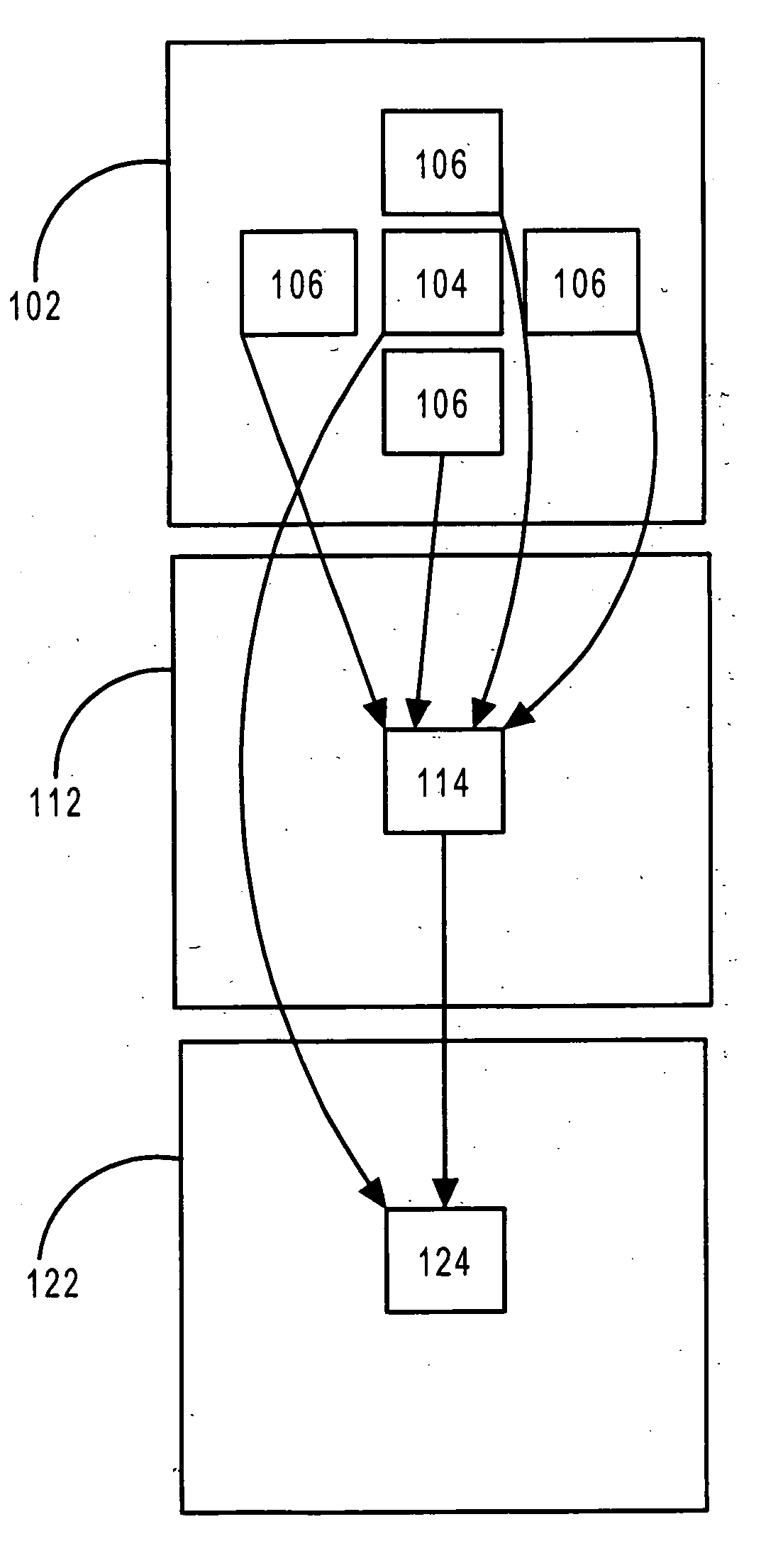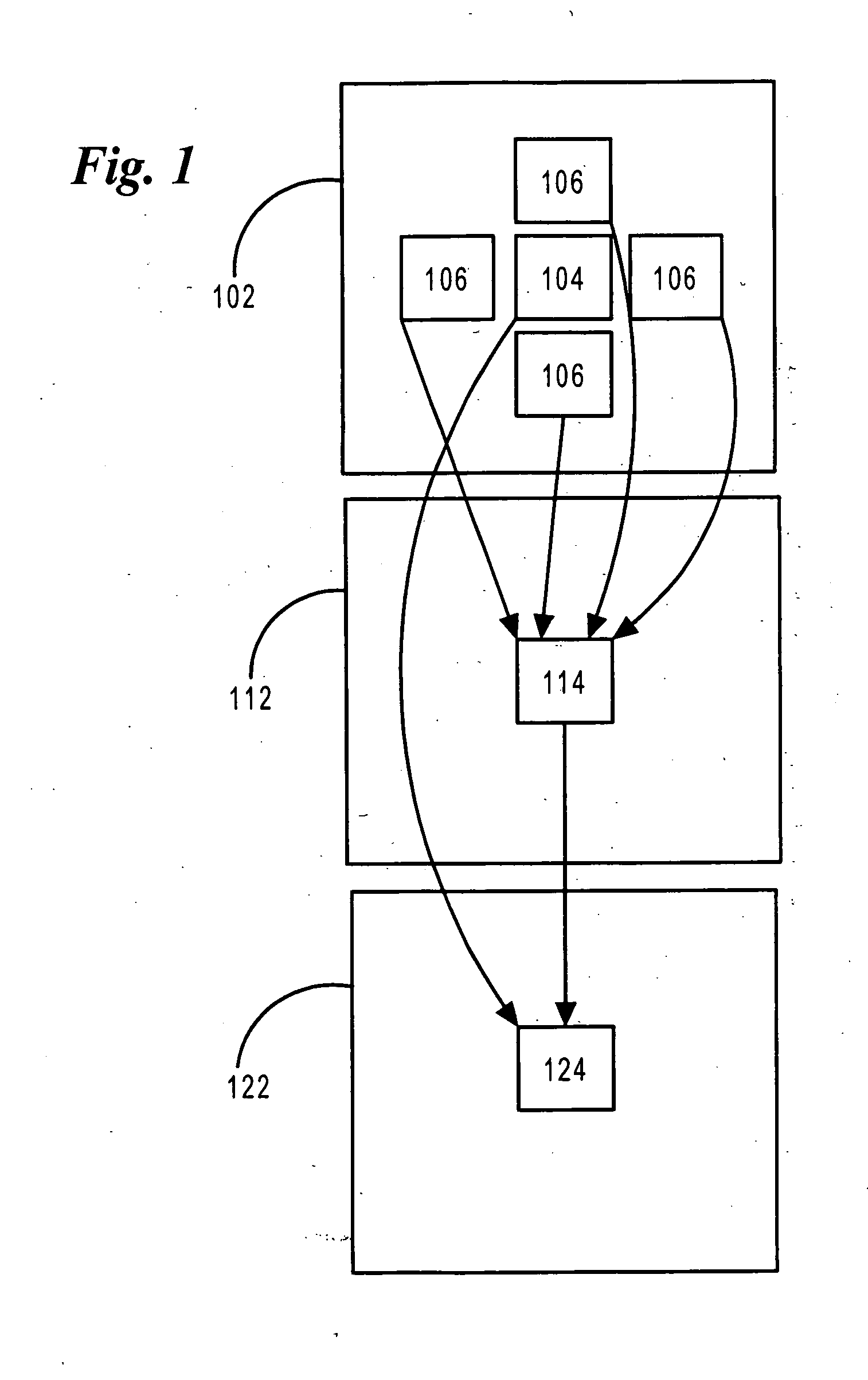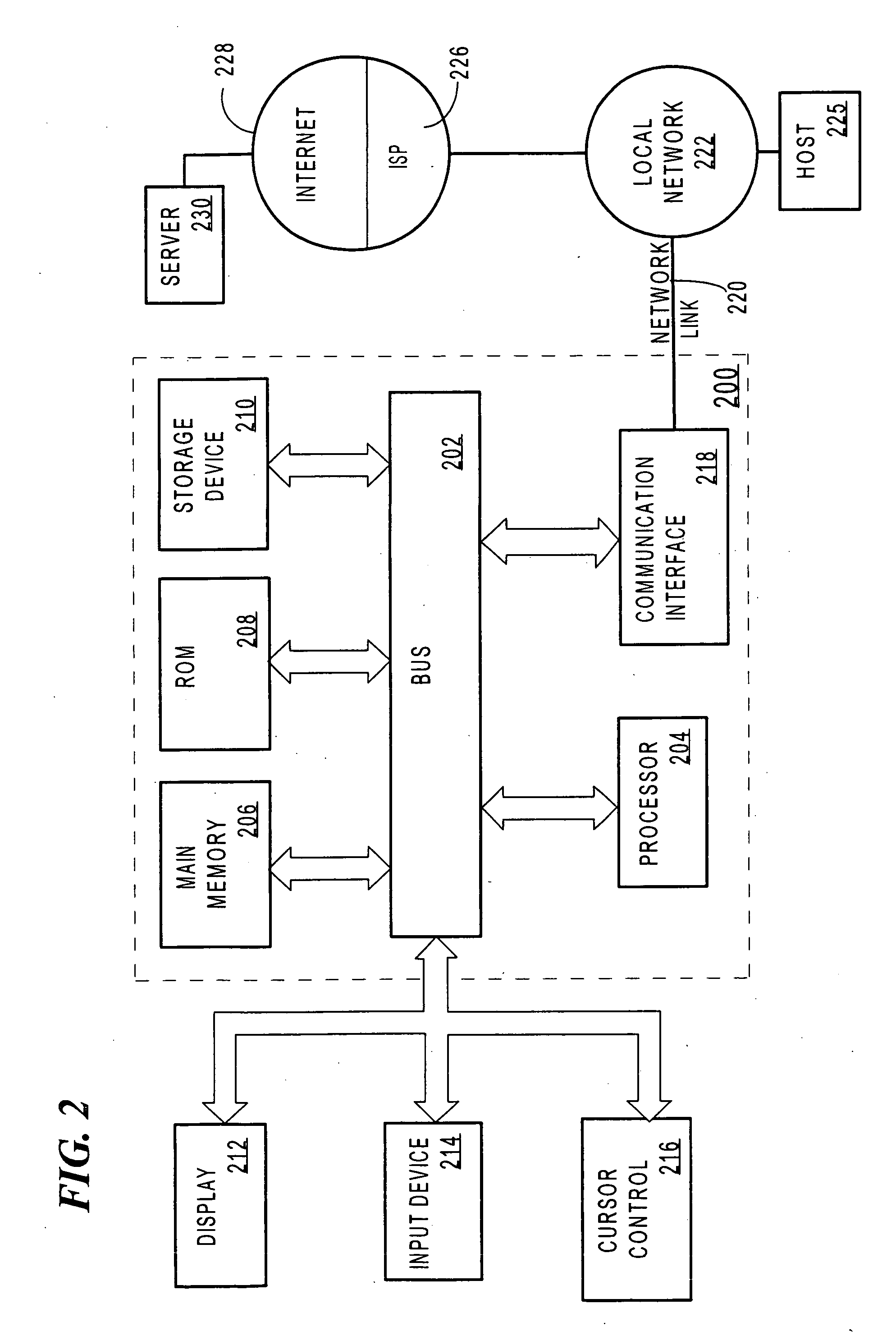Image sharpening using diffusion
a diffusion and image technology, applied in image enhancement, instruments, computing, etc., can solve the problems of gaussian blur, inability to achieve kernels, and limit image sharpening,
- Summary
- Abstract
- Description
- Claims
- Application Information
AI Technical Summary
Problems solved by technology
Method used
Image
Examples
Embodiment Construction
[0016] Techniques are described herein for sharpening an image using diffusion rather than Gaussian blurring for the smearing phase of unsharp masking. Not only is diffusion faster, but it also produces sharper images when implemented in unsharp masking.
[0017] There are many mathematical and physical processes that produce diffusions. One of the classic physical processes is heat flow. The behavior of heat over time is a diffusion. Thus, by mimicking heat flow, it is possible to avoid the disadvantages that result from producing a blur by convolving with a Gaussian.
[0018] One of the fundamental mathematical properties of a heat flow is that the temperature at a point in a solid is exactly the average of the temperature around any imaginary circle drawn around that point. In the image context, this means every pixel is the average of its surrounding pixels. Running multiple passes of averaging over a digital image emulates heat flow and produces a smearing of edges in the image, mo...
PUM
 Login to View More
Login to View More Abstract
Description
Claims
Application Information
 Login to View More
Login to View More - R&D
- Intellectual Property
- Life Sciences
- Materials
- Tech Scout
- Unparalleled Data Quality
- Higher Quality Content
- 60% Fewer Hallucinations
Browse by: Latest US Patents, China's latest patents, Technical Efficacy Thesaurus, Application Domain, Technology Topic, Popular Technical Reports.
© 2025 PatSnap. All rights reserved.Legal|Privacy policy|Modern Slavery Act Transparency Statement|Sitemap|About US| Contact US: help@patsnap.com



